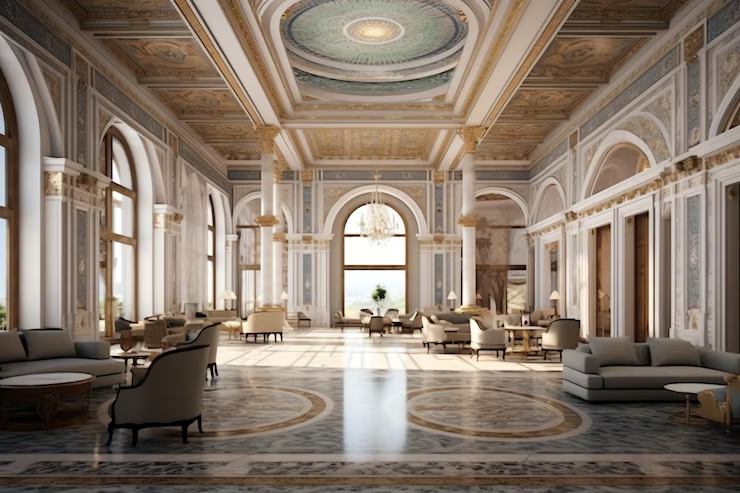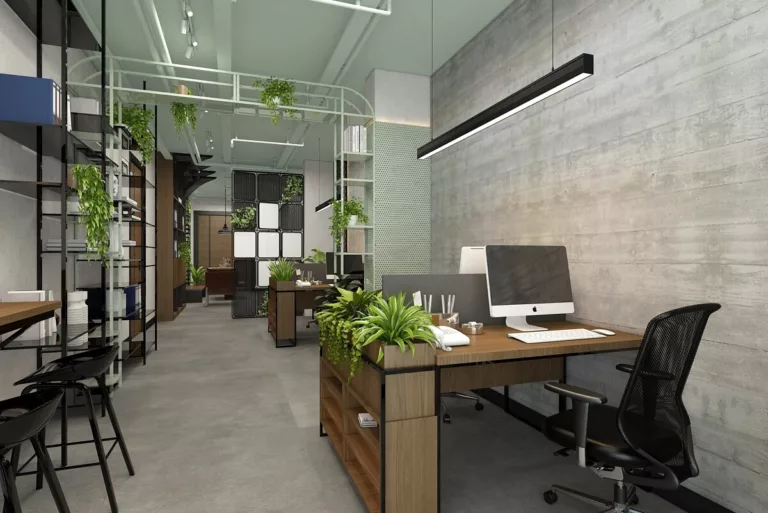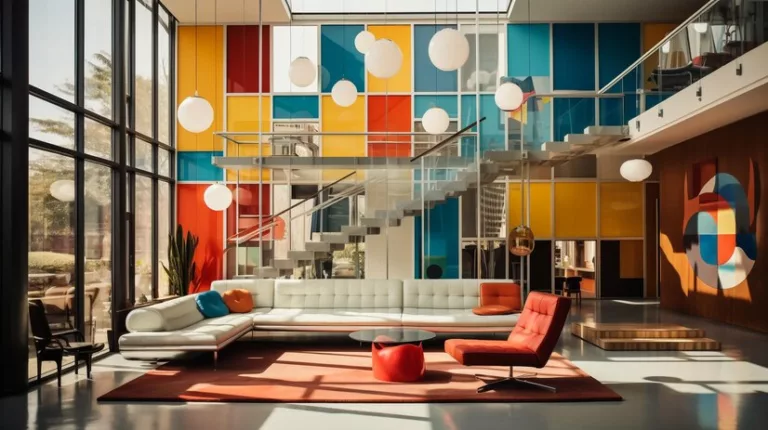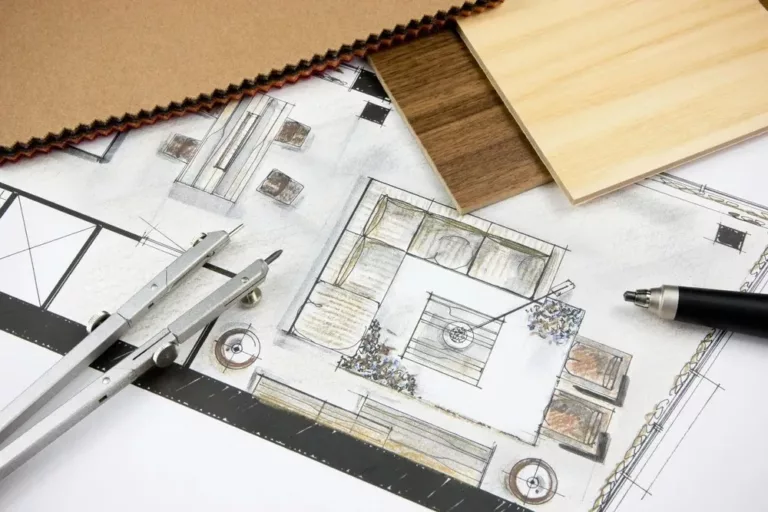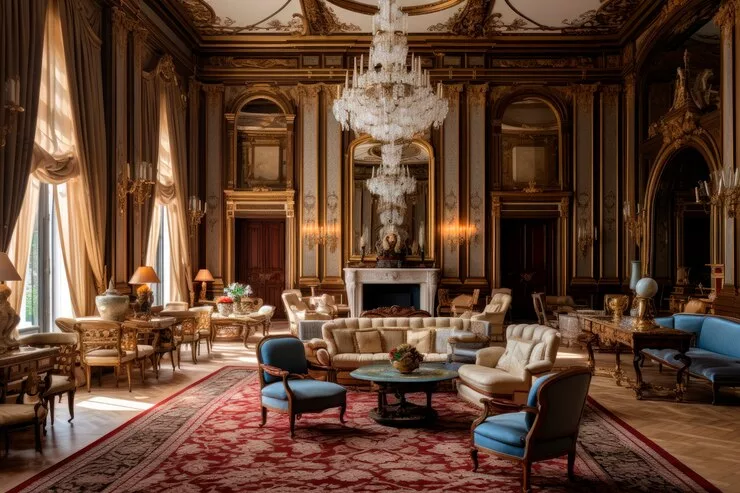Modern palace interior design is an art that combines luxury, elegance, and contemporary functionality, transforming expansive spaces into opulent living environments that reflect the owner’s taste and personality. Design goes beyond visual aesthetics, encompassing space planning, lighting, and furniture arrangement to balance comfort with grandeur.
At Vera Interior, led by designer Diaa Gamal, we provide innovative modern palace interior design solutions inspired by Salmani architecture, blending authenticity with modernity. Each palace becomes an exceptional space pulsating with luxury and distinction.
The Art of Modern Palace Interior Design by Vera Interior Design
The art of modern palace interior design represents one of the finest forms of architectural creativity, combining luxury, comfort, and innovation in every corner of the palace. Vera Interior Design, led by designer Diaa Gamal, follows a comprehensive artistic vision that balances functionality with aesthetics, incorporating touches inspired by Salmani architecture to create palaces that radiate elegance and distinction. Each project is a unique experience that highlights the owner’s identity, transforming every room and space into a visual masterpiece that delights the eye and soothes the soul.
Read more: The Best Decoration Company in Riyadh
How to Create a Timeless Modern Palace Interior That Reflects Royal Sophistication
Innovative modern palace interior design requires blending classical luxury with contemporary touches that reflect royal sophistication in every detail of the palace. The design process begins by studying the owner’s personality and identity, followed by selecting luxurious colors, high-quality materials, and custom-designed furniture that combines comfort with elegance. Natural and artificial lighting also play a pivotal role in highlighting artistic details and creating a regal ambiance throughout the spaces.
At Vera Interior Design, designer Diaa Gamal supervises the creation of innovative palace interiors inspired by Salmani architecture, ensuring that every room offers a unique experience that balances tradition and modernity, luxury and functionality, while creating a timeless interior that reflects royal taste in every corner.
Read More: Exploring the World Through Embassy Interiors
Key Elements of Modern Palace Interior Design: From Layout to Lighting
Modern palace interior design is distinguished by the integration of elements that transform a space into a luxurious environment reflecting the owner’s taste and the palace’s grandeur. Key elements include:
- Smart spatial planning: Arranging rooms and corridors to balance comfort, privacy, and ease of movement within the palace.
- Selection of luxurious colors and materials: Using elegant colors and premium materials such as marble and natural wood to convey sophistication and luxury.
- Custom-designed furniture: Unique pieces tailored to the size of each room, highlighting the palace’s royal identity.
- Natural and artificial lighting: Utilizing large windows and smart lighting to enhance artistic details and create a warm, regal ambiance.
- Artistic touches and decorations: Incorporating artwork, motifs, and elements inspired by Salmani architecture to add authenticity and grandeur.
At Vera Interior Design, led by designer Diaa Gamal, these elements are applied in a cohesive manner to transform every palace into a unique experience that combines elegance, luxury, and functionality, reflecting royal sophistication in every corner.
Read More: 10 Comfortable Chairs Perfect for Small Spaces
Modern vs. Classic Palace Interiors: Which Design Style Suits You Best?
When choosing a palace interior design, the decision between modern and classical styles emerges as a key factor reflecting the owner’s personality and the palace’s character.
- Modern design: Modern palace interior design focuses on simplicity, open spaces, clean lines, and neutral colors, combined with innovative touches that keep pace with contemporary trends. This approach gives the palace a sense of spaciousness and flexibility in usage.
- Classical design: Emphasizes absolute luxury, intricate decorations, opulent furniture, and rich colors, reflecting a traditional royal style and creating an atmosphere of timeless grandeur.
At Vera Interior Design, led by designer Diaa Gamal, we blend the best of both styles according to the owner’s personality and needs, incorporating touches inspired by Salmani architecture. This approach delivers palaces that combine authenticity and modernity, luxury and functionality, making every corner a distinctive experience that reflects your royal taste.
Concert Palace Interior Design
Innovative Materials and Finishes in Modern Palace Interior Design
Materials and finishes play a pivotal role in highlighting luxury and elegance in modern palace interior design, as they define the overall character of the spaces and reflect the designer’s attention to detail. Key innovations include:
- Premium woods: Used in flooring, walls, and furniture to add warmth and sophistication to the palace.
- Marble and natural stone: Convey luxury and are applied in floors, bathrooms, and grand entrances.
- Refined metals: Such as copper, bronze, and coated iron for lighting fixtures or furniture, adding a contemporary artistic touch.
- Glass and transparent materials: Create fluidity of light and open spaces while maintaining privacy when needed.
- Smart and sustainable finishes: Utilizing low-emission paints and stain-resistant fabrics to ensure beauty, durability, and sustainability.
At Vera Interior Design, led by designer Diaa Gamal, we create unique finishes inspired by Salmani architecture, blending authenticity with modernity. Each palace becomes a luxurious space where elegance, grandeur, and functionality harmoniously coexist.
Luxury Living Redefined: The Future of Modern Palace Interiors
Modern palace interior design represents the future of luxury by integrating elegance, comfort, and smart technology into every corner of the palace. Luxury is no longer limited to expansive spaces or opulent furniture; it has become a holistic experience that includes interactive lighting, sustainable materials, and innovative finishes to meet the demands of contemporary living.
At Vera Interior Design, under the supervision of designer Diaa Gamal, we redefine luxury through designs inspired by Salmani architecture, harmonizing authenticity with modernity and grandeur with functionality. Each palace is transformed into a unique living experience that reflects royal sophistication while meeting the highest standards of excellence.
5 Innovative Hospital Interior Design Ideas
Top Trends in Modern Palace Interior Design for 2026
In 2026, modern palace interior design is witnessing a notable shift toward integrating luxury with comfort and contemporary functionality, focusing on creating spaces that reflect the owner’s taste and add a timeless character to every corner of the palace.
- Integration of indoor and outdoor spaces: Utilizing large windows, glass walls, and indoor green areas to achieve visual continuity and fluidity between the interior and exterior.
- Natural materials and premium finishes: Using luxurious woods, marble, and handcrafted metals to create warm, opulent atmospheres with an innovative touch.
- Rich and warm colors: Moving from neutral shades to deeper tones such as navy, olive, and terracotta to infuse vitality and luxury into the rooms.
- Sculpted furniture and organic forms: Designing furniture with artistic, flowing touches that add a unique character and dynamic space to each room.
- Seamlessly integrated smart technologies: Smart lighting, climate control, and audio systems transform the palace into a comfortable, modern environment.
- Distinctive ceilings and floors: Designing ceilings and floors with artistic details and innovative patterns to add depth and elegance.
- Quiet luxury: Focusing on high-quality materials and craftsmanship rather than ostentation, delivering a refined and timeless interior.
At Vera Interior Design, under the supervision of designer Diaa Gamal, these trends are applied innovatively, inspired by Salmani architecture, transforming each palace into a space that harmonizes authenticity, modernity, luxury, and functionality, ensuring an exceptional living experience that reflects royal sophistication.
In conclusion, modern palace interior design for 2026 represents a unique blend of luxury, innovation, and contemporary functionality, with a focus on details that reflect the owner’s taste and identity. Vera Interior Design, led by designer Diaa Gamal, offers innovative solutions that combine authenticity with modernity, and luxury with comfort, creating palaces unmatched in elegance and beauty. These designs ensure an exceptional living experience that immortalizes the sophistication of modern palaces for generations to come.
Frequently Asked Questions About Modern Palace Interior Design
What is the difference between modern and classical palace interiors?
Modern palaces focus on open spaces, clean lines, and smart technologies, while classical palaces are characterized by traditional luxury, intricate decorations, and rich colors.
What are the key materials used in modern palace interior design?
Luxury woods, marble, handcrafted metals, glass, and sustainable finishes that combine beauty with durability.
How do modern designs reflect the royal identity and personal taste of the owner?
Through the selection of colors, finishes, furniture, and artistic touches that reflect the owner’s lifestyle and personality while maintaining luxury and sophistication.
Classic elegance is a hallmark of palace interior design. It embraces traditional elements and motifs, creating a timeless and regal atmosphere. The color palettes are rich, and textures are luxurious, adding to the overall grandeur of the space.
Classic elements and traditional motifs
Classic elements and traditional motifs are key features in palace interior design. These include intricate carving, ornate moldings, and elegant arches. Symbolic motifs like fleur-de-lis and damask patterns bring a sense of history and sophistication to the space.
Timeless color palettes and rich textures play a crucial role in palace interior design. Neutral hues like ivory, gold, and cream create an elegant and sophisticated ambiance. Plush fabrics such as velvet and silk add layers of luxury and opulence to the space.
Modern Luxe Touches for Palace Interiors
Incorporating modern furniture pieces and artistic lighting add a touch of contemporary luxury to palace interiors. Contemporary accents create a harmonious blend of old-world charm and modern aesthetics.
Incorporating modern furniture pieces
Luxurious modern furniture pieces can be seamlessly integrated into palace interiors, adding a contemporary touch. Sleek lines, minimalist designs, and high-quality materials enhance the overall elegance and sophistication of the space.
Artistic lighting and contemporary accents
In palace interiors, artistic lighting fixtures and contemporary accents play a crucial role in adding a touch of modernity to the space. Creative and unique lighting designs, such as chandeliers or pendant lights, can act as focal points while also illuminating the room. The use of contemporary accents, such as abstract artwork or sculptural pieces, further enhances the overall aesthetic of the space.
Statement Pieces and Grandeur
Importance of statement furniture
Statement pieces are essential in palace interiors as they add grandeur and create a focal point within the space. This could include luxurious sofas, ornate tables, or intricate cabinets that command attention.
Importance of statement furniture
Statement furniture plays a crucial role in palace interiors by adding a touch of grandeur and creating a focal point. These luxurious and ornate pieces demand attention and contribute to the overall opulence of the space.
Luxurious materials and opulent details
Luxurious materials such as velvet, silk, and satin are commonly used in palace interiors to evoke a sense of extravagance. Opulent details such as intricate carvings, gilded accents, and crystal chandeliers add a touch of grandeur and elegance to the space. These elements contribute to the overall upscale and lavish atmosphere of palace design.
Balancing History with Innovation
Preserving the historical architecture of palaces is crucial in maintaining their timeless charm. However, incorporating innovative technology and functional design elements allows for a seamless blend of the past and the present.
Preserving historical architecture
Preserving historical architecture is essential in maintaining the authenticity and grandeur of palaces. By conserving original structures, intricate details, and historical features, the charm and character of the past can be faithfully preserved.
Innovative technology integration and functional design
Innovative technology integration plays a crucial role in modern palace interior design. From smart home automation systems to energy-efficient lighting solutions, these advancements enhance the functionality and convenience of the space. Embracing technological advancements while maintaining a seamless blend with the historical architecture ensures a harmonious balance between the past and the present.
Cultural Inspirations and Palace Decor
Cultural inspirations heavily influence palace decor, adding a sense of identity and heritage to the space. Traditional motifs, patterns, and symbols from different cultures can be incorporated into the design, creating a rich and immersive experience for visitors. These cultural elements can be showcased through decorative art pieces, tapestries, paintings, and intricate architectural details.
Cultural influences in interior design
Cultural influences play a significant role in interior design. They bring a sense of identity and heritage to the space, showcasing traditional motifs, patterns, and symbols from different cultures. These elements add depth and authenticity to the overall design.
Showcasing heritage through décor elements
Palace interiors often showcase heritage through decor elements. These can include traditional artworks, antique furniture, intricate tapestries, and historical artifacts. These pieces add a sense of history and cultural significance to the space.
Conclusion
The harmonization of classic and modern design aesthetics is key in creating a timeless and regal palace interior. Attention to detail and skillful integration of historical elements with contemporary touches ensures a space that exudes grandeur and sophistication. To achieve this, it is important to focus on the balance between preserving the historical architecture while incorporating innovative technology and functional design. Drawing inspiration from cultural influences and showcasing heritage through decor elements adds a unique touch to the space. By following these tips, one can create a palace interior that is truly timeless and beautiful.
Harmonizing classic and modern design aesthetics
To achieve a harmonious blend of classic and modern design aesthetics, designers focus on combining traditional elements with contemporary touches. The key is to maintain a balance between the two styles, ensuring a timeless and cohesive look throughout the palace interior.
Tips for creating a timeless and regal palace interior
To create a timeless and regal palace interior, focus on selecting classic furniture pieces with elegant detailing. Incorporate luxurious materials like velvet and silk, and opt for a neutral color palette with pops of rich hues. Pay attention to intricate architectural details and use lighting to highlight key features. Balance the traditional with the modern by incorporating contemporary accents and art. Seek inspiration from cultural elements and heritage to add unique touches to the design.
